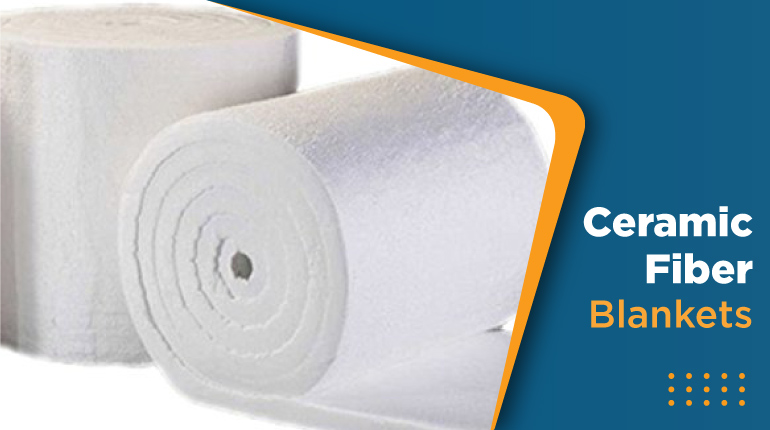Products

Ceramic Fiber Blankets
Ceramic fiber blankets are insulating materials composed of long, flexible fibers made from ceramic materials. These blankets are lightweight, flexible, and have excellent insulating properties, making them suitable for a wide range of high-temperature applications in industries such as aerospace, petrochemical, metallurgy, and manufacturing. Here are some key characteristics and uses of ceramic fiber blankets:
-
High Temperature Resistance: Ceramic fiber blankets can withstand extremely high temperatures, typically ranging from 1260°C (2300°F) to 1600°C (2912°F) or even higher depending on the specific type and grade. They are used to insulate equipment and structures in high-temperature environments such as furnaces, kilns, boilers, and industrial ovens.
-
Low Thermal Conductivity: These blankets have low thermal conductivity, meaning they effectively reduce heat transfer and provide insulation against heat loss or gain. This property helps improve energy efficiency and temperature control in various industrial processes.
-
Lightweight and Flexible: Ceramic fiber blankets are lightweight and flexible, allowing for easy handling, cutting, and installation. They can be wrapped around complex shapes, pipework, and equipment, providing uniform insulation coverage without the need for additional support structures.
-
Chemical Resistance: Ceramic fiber blankets are resistant to most chemicals, acids, and alkalis, making them suitable for use in corrosive environments where conventional insulation materials may degrade or fail.
-
Thermal Stability: These blankets exhibit excellent thermal stability and resistance to thermal shock, meaning they can withstand rapid changes in temperature without cracking or breaking. This property is essential for applications involving cyclic heating and cooling processes.
